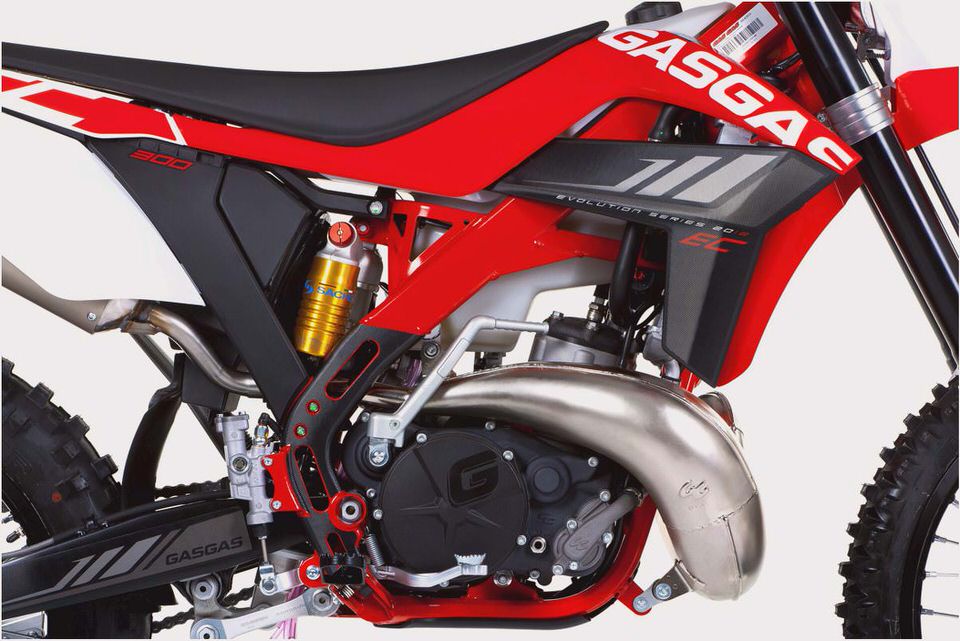
2012 Gas Gas EC300 Race – First Test
2012 Gas Gas EC300 Race – First Ride
The New Gas Gas is here! In the USA, this model is known as the XC300. We are testing the kickstart version.
Depending on where you stand, people consider these Spanish made motorcycles as either an enigma or a well kept secret. You do not see them every day. However, in some parts of the country, they have long been a staple of the enduro racing scene.
Among the converts, the Gassers have been praised for their excellent handling, particularly in tight conditions. The motors have always been a nice balance between gentle trail manners and full race screamer.
The downside has been that, at times, the overall build quality has been a notch lower than some of the other European competition. They have been good machines for riders who appreciate careful maintenance and attention to detail. With such care, they can be very dependable, as potential issues are nipped in the bud.
For 2012, we have an entirely new bike from the Girona factory. The frame and subframe have been rethought. Here are the highlights:
New steel perimeter frame
New plastic subframe
New larger fuel tank
Redesigned bodywork
New lighting with H4 bulb headlight, LED taillight and braced rear fender
Redesigned foot peg positions
48 mm Marzocchi closed cartridge fork with PFP valve
Ohlins shock
New design brake pedal
Beefy plastic skid plate
New airbox design
Removal of reed spacer on 300cc models
New plastic side cover to increase oil flow to clutch
New Magura Hyd clutch unit
New design shock linkage
Here are some of the features that carry over, similar to the 2011 EC300 Six Days that we tested last year:
Motor remains basically the same
Galfer Brake Rotors
Nissin Brakes
Air filter (but with redesigned 3 pin cage)
Talon Sprockets
Stainless steel exhaust
FMF Q silencer
Renthal Twin wall bars
Machined fork clamps
Ride Impression
I have put three days of riding on the new 300, in three different locations. Total ride time is 6 hours. (I have decided that Enduro360 will now include “hours ridden” in all tests to give you more information to judge the testing process). Our locations were, one day of mountain single-track terrain and two days of motocross.
One day of moto was at traditional vet track and the other at a big natural terrain GP style course.
This is easily the best Gasser ever! It still feels very much like a Gas Gas. It has the same distinct qualities that the Spanish line has always favored.
It is perhaps a little more stable feeling than the old bike. If I had to talk about it in terms of direction, I say the new bike is more focused as a racer.
The general layout of the new frame feels a little larger. Honestly, the ergonomics seem to mimic the current KTM models very closely. That means it gets a thumbs up from me. Adding to the positive feel is the new foot peg position. The pegs are now slightly lower and rearward from the old design.
That should eliminate all complaints about difficult shifting. The brake pedal now snakes behind the frame rail, it should be much less susceptible to damage than the old design.
From the first couple of rides, I would have to rate the overall frame character as “aggressive”. The harder you use it, the better it works. Initially it feels stiff, but as the pace increases, the whole bike starts to feel better. Interestingly, Gas Gas has eliminated the traditional head stay.
So they must have plenty of confidence in the strength of the frame.
The 48mm closed cartridge Marzocchi fork is new to me. Like the frame, it started very stiff. The action gets smoother each ride. One of the unique characteristics of the fork is the PFP valve.
The overall cartridge design is similar to a Showa fork, using a small secondary spring in the closed chamber. The PFP valve is an external preload adjuster for this secondary spring. I have just started to play with the adjustments, so I still have plenty of testing to do to figure out the range of performance.
In general, the fork feels similar to some of the early generation WP twin chambers. The overall performance is good, but it has a couple of rough points. At times, it lacks a supple feel in technical terrain. Like it is just a little hard to get the fork moving, but once it does, the feel is good. On the biggest hits, it can blow through the stroke and bottom hard.
I suspect it could use a little more oil.
It worked best on the natural terrain motocross track, but that was also the third day of riding, so I attribute some of this to break in. It is sprung very light, with .42 springs. Technically, it should be excessively light for my 200lb weight, but I am getting along with it well.
Once I got the track dialed in to where I could clear most of the jumps, it worked great.
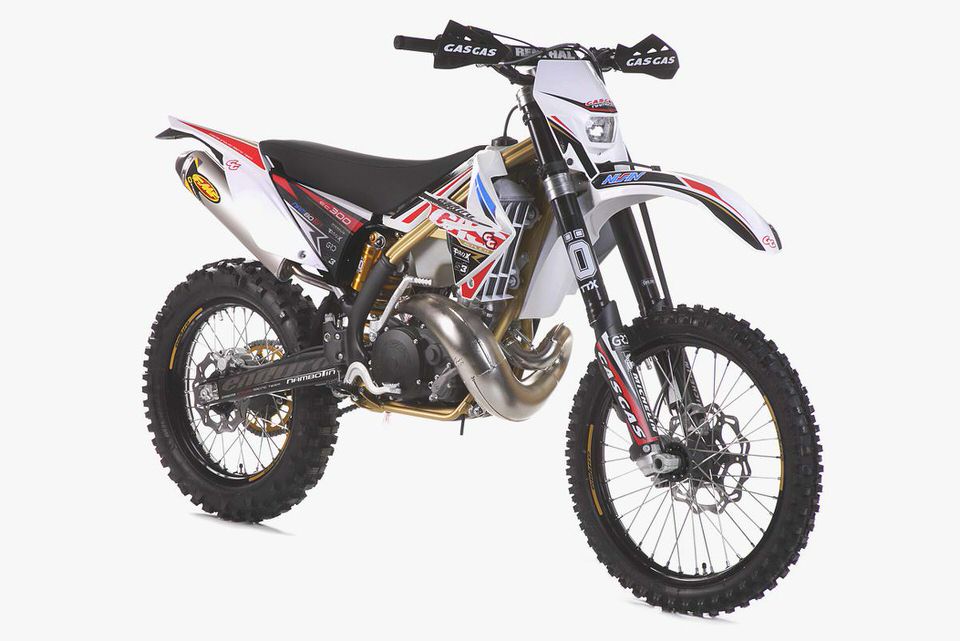
In one section, the whoops would end into the face of a jump. This was goofy because the track was being run backwards, so some of the layout was not right. If I came out of the whoops and hit the jump face wrong, the fork could bottom very hard.
However, I also had the same issue with the other bike I tested that day also.
The Ohlins shock is great. There are no negative issues that I can find. Again, with a 5.2 spring, it is set up very light. But I have just added a bit more preload to get the ride height in the ballpark. I have not had any bottoming issues and it feels very controlled on the track.
As for the new design linkage, I really do not notice anything specific, it just works.
Overall, I think the suspension is on the right track. I plan to race the 300 next weekend and I feel very confident that it will do just fine for me. Like the chassis, it seems to work better as the pace increases, it feels like a race bike.
For those who have never ridden the Gas Gas, I have to class the motor as something between an enduro bike and motocrosser. It is happy to chug along as a 300 should. But it really comes alive in the mid to upper reaches of the powerband.
For this test, we had the opportunity to run it side by side with a 2012 KTM 300xcw, so make sure and look at that link for our quick comparison.
While the basic motor package has seen minor changes over the last few years, overall it remains very much the same. It is a good basic design and probably does not need to change. It still can run with the best of them.
The bikes have featured an ignition map switch for a number of years. This is the first year that I can really tell a significant difference between the high and low settings. The “cloudy” setting is richer, the “sunshine” is the leaner, more aggressive setting.
On one of the ride days, I had another tester along. He is a Baja class champion desert rider who only rides Hondas, typically a 450x model. This is not kind of rider who I would expect to adapt quickly to the Gasser.
After we made a few suspension adjustments and got some ride time in, his comment was “let’s go race this thing at a gran prix!” Like any good two stroke, there is plenty of fun factor when riding the Gas Gas.
This year sees the change from the AJP Hydraulic clutch to the Magura unit. I always liked the AJP for its light pull. But the lever was always goofy to adjust, it sort of flapped in the wind.
I think the new Magura has a little better overall feel, so I like it.
Overall the general feel of the Gasser is one of quality. Bars, levers, grips, sidestand, everywhere things look and feel right. The Galfer/Nissin brake package is stellar, right on par with the best.
Rear brake feel is a little more progressive than the Brembos, providing great control.
If there has ever been one consistent knock against the Gas Gas bikes, it’s that some of the details don’t get the attention they deserve. For 2012, we get a little bit of both sides of the coin.
The plastic and shrouds are redesigned. They are more complex than before. The good part is that my boots no longer catch on the shrouds. They do still rub hard against a couple of areas, but the shrouds are much better than the old style.
The real issue with the shrouds is that they only push fit, via rubber grommet, into the radiators. There is no bolt. In heavy brush or trees, these can come loose and leave the plastic and radiator flapping in the breeze.
I think radiator guards are mandatory for this model. I would probably find some other fix to help keep things together. Back when I raced these, we would drill a hole in the plastic male end and use a hitch pin to keep it fixed into the grommet.
Other issues include the silencer rubbing against the rear wheel and a small leak from the plastic clutch cover. The silencer needs another spacer added to the mount and the clutch cover probably needs a different style gasket.
The strongest impression that the 2012 Gas Gas 300 leaves me with is this: It makes me want to go riding. I want to go out and ride it right now. I am ready to go race it next weekend. There are a couple of things I could nitpick about, but for the most part, they do not intrude on the ride experience.
This is one fun bike to ride.
So stay tuned as we rack up as many miles as possible over the next few months on the 2012 Gas Gas XC300. It promises lots of fun; let’s see if it can deliver.
Read More: 2012 Gas Gas 300 Specifications


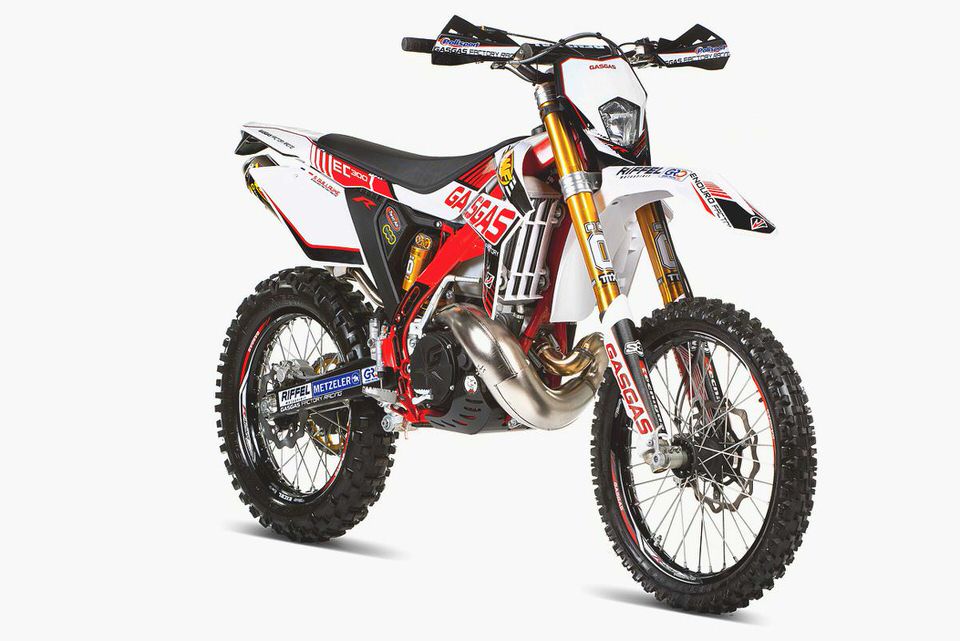



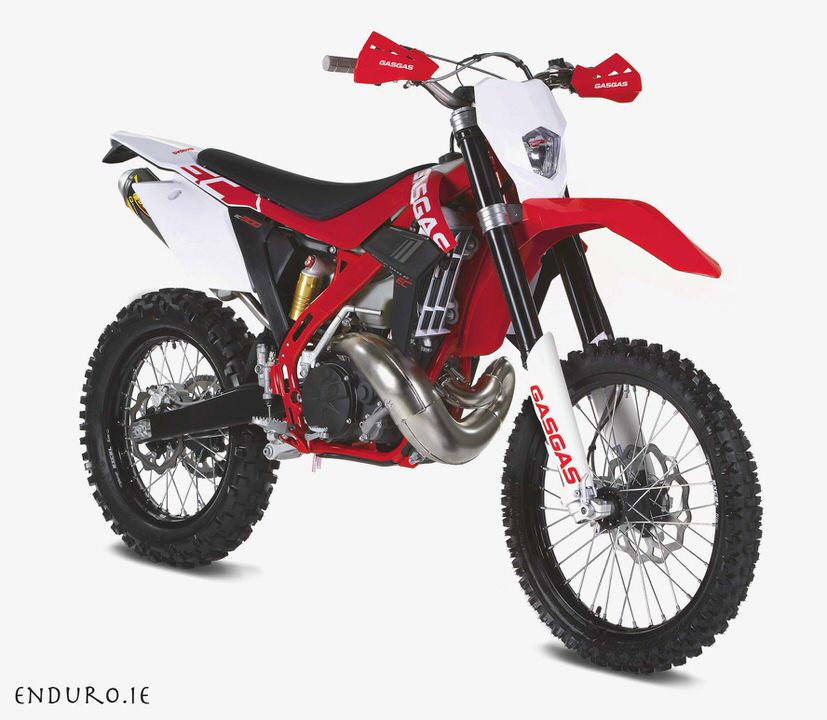

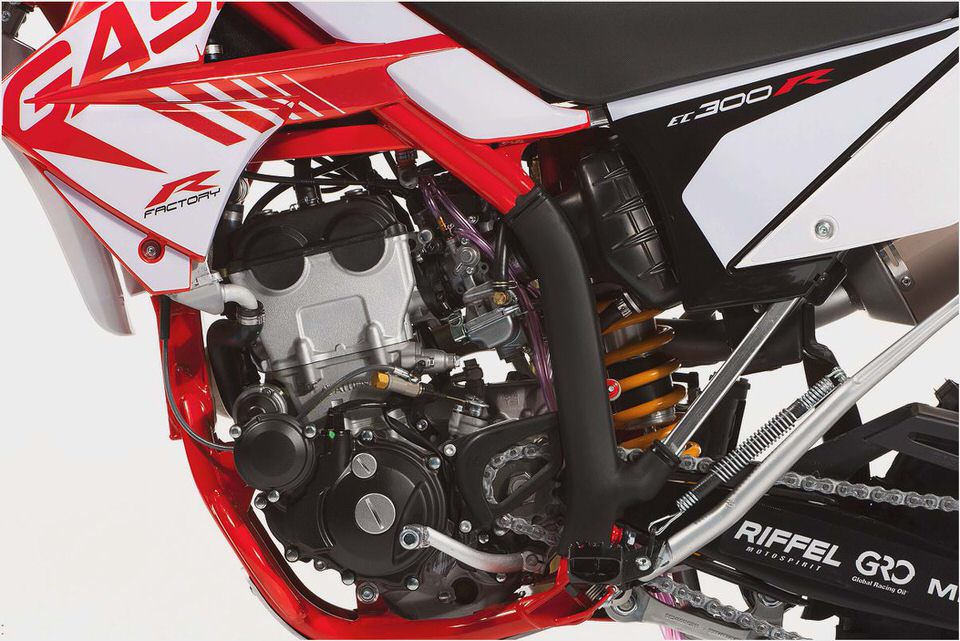
- Motorcycle news TT Trial 2014: Gas Gas TXT Pro and Racing Bikes Doctor
- Tom’s Welding Pages
- Motomerlin – Merlin Motorcycles – Gas Gas – Pampera Prep & tune
- Rekluse Automatic Clutches, Revloc Dyna Ring & Watchdog Enduro Computers…
- Gas Gas SM 400

